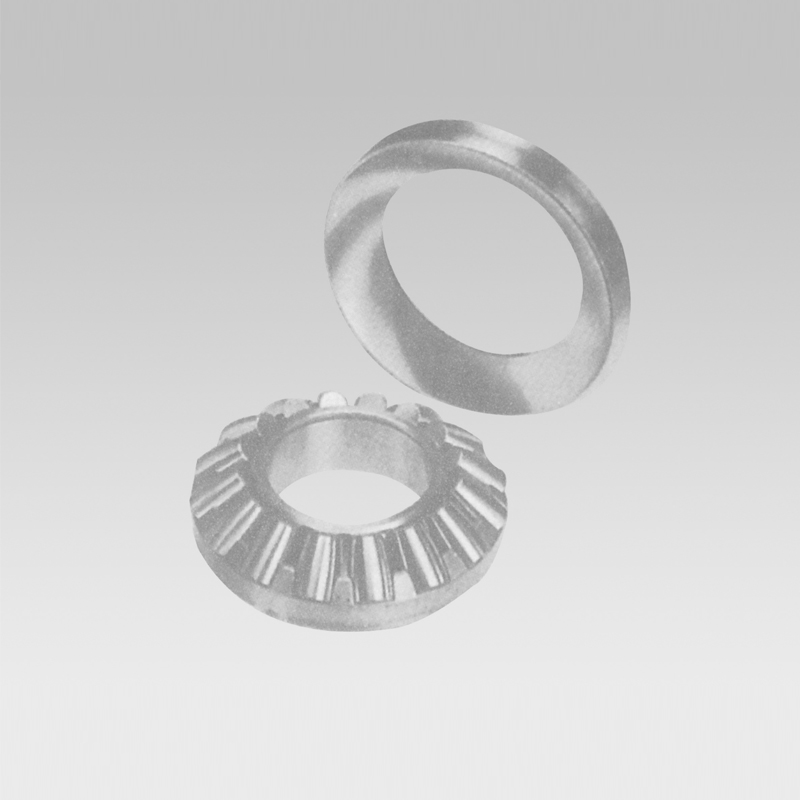
Aug . 18, 2024 08:11 Back to list
Understanding the Characteristics and Applications of Spherical Roller Bearings
Understanding Spherical Roller Bearing Numbers
Spherical roller bearings are a unique type of rolling-element bearing designed to accommodate heavy radial and axial loads in both directions. These bearings are characterized by their ability to handle misalignments between the shaft and the housing, making them ideal for various applications in machinery and equipment. An essential aspect of understanding these bearings lies in their numerical designation, or bearing number, which provides vital information about their specifications and capabilities.
What is a Spherical Roller Bearing Number?
The bearing number is a standardized code that conveys critical information about a bearing’s dimensions, type, series, and design modifications. For spherical roller bearings, the number typically comprises several segments the prefix letters indicating the type of bearing, a numerical sequence indicating the series and size, and other symbols that denote specific features or variations.
For instance, a common designation might look like 22205 EK. In this example
- 22 indicates that it’s a spherical roller bearing with standard design features. - 205 specifies the bearing's size, which refers to the bore diameter and the series. - EK signifies additional options, such as the presence of a tapered bore or other specific design characteristics.
Understanding these segments is crucial for anyone involved in the selection or maintenance of machinery that employs spherical roller bearings.
Importance of Bearing Numbers
spherical roller bearing number

The bearing number plays a vital role in ensuring that the correct bearing is selected for a particular application. Different machines have varying requirements based on load, speed, and environmental conditions. By referring to the bearing number, engineers and maintenance professionals can ensure compatibility and optimal performance.
Choosing the right spherical roller bearing based on its number is essential not only for performance but also for longevity. An incorrect bearing may lead to premature wear, increased friction, and ultimately, failure of the machinery. Additionally, the use of bearing numbers simplifies the ordering process for replacements, allowing for quick identification and procurement of parts.
Types of Spherical Roller Bearings
Spherical roller bearings come in numerous types, each designed for specific applications. For example, some are double-row bearings that can manage higher loads, while others may have specific features, such as seals to protect against contaminants. The bearing number helps distinguish these variations, making it easier to identify the most suitable option based on operational demands.
Conclusion
The world of spherical roller bearings is intricate, and their bearing numbers serve as a crucial guide in navigating this complexity. As industries continue to evolve and machinery becomes more sophisticated, the importance of accurate bearing selection cannot be overstated. Whether for construction equipment, automotive applications, or industrial machinery, understanding and utilizing the bearing number is foundational to ensuring efficiency, safety, and reliability in operations.
In sum, the bearing number not only communicates essential specifications but also aids in the decision-making process related to the installation and maintenance of spherical roller bearings. By investing time in understanding this critical aspect, professionals can enhance equipment performance and extend the lifespan of vital machinery components.
Latest news
-
Common Failures in Thrust Ball Bearings and Solutions
NewsAug.22,2025
-
How Tapered Roller Bearings Can Take Shock Loads
NewsAug.22,2025
-
Angular Bearings in High-Precision Spindles
NewsAug.22,2025
-
The Impact of Misalignment on Cylindrical Roller Bearing Performance
NewsAug.22,2025
-
The Role of Cage Design in Deep Groove Ball Bearing Durability
NewsAug.22,2025
-
The Impact of Material Quality on Machinery Bearings’ Lifespan
NewsAug.22,2025
